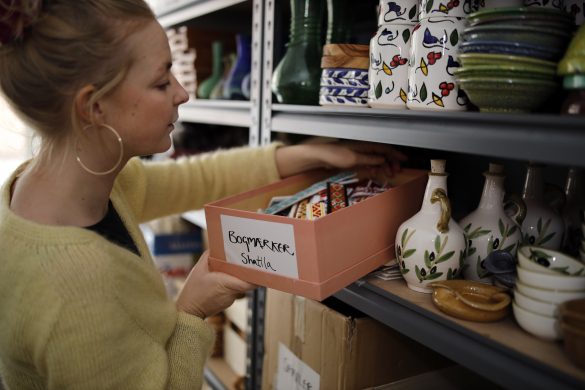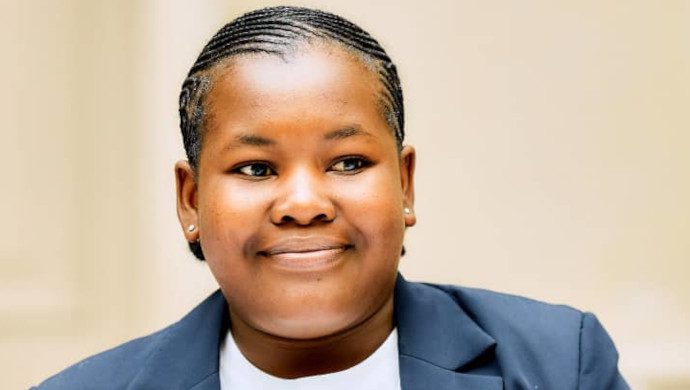At a conference on microcredit organized by the French Development Agency (AFD) on Monday, French President Jacques Chirac called for scaling up microfinance in order to extend the benefits to poor countries, reports the World Bank press review Tuesday.
Microfinance provides small loans, as low as 25 US dollar (godt 150 DKR), to candidates who have not traditionally been served by commercial banks, or who have been unable to access such services. These loans allow recipients to buy the tools, basic equipment and merchandise required to run their small businesses.
Since the initiative was launched in 1976, microcredit has serviced more than 80 millions people in the world, according to Chirac.
– With this success, microfinance should change its scale, passing from some dozens of millions of beneficiaries nowadays to some hundreds of millions tomorrow, Chirac said at the Conference. To reach this goal, microcredit must first establish a adapted legal and fiscal frame, Chirac said, adding that Paris was helping the African countries of the franc zone to adapt their legislation within a year.
– National and international banking standards should be adapted to the reality of microfinance, said Chirac, adding that he will propose at the summit of the G8 to start “an action of systematic diffusion of good use” with the concerned financial institutions. France has set up a fund of 20 million euro to finance microfinance.
The conference participants said that microfinance has to find new funding methods if it wants to considerably reduce world poverty. They said they also hoped to meet the goal of delivering microcredit services to 100 million people by the end of the year.
According to Muhammed Yunus, founder of the first microcredit institution, the Grameen Bank in Bangladesh, about 500 million people could have access to microcredit within fifteen years. Taking these peoples families into consideration, this could represent improved living standards for two billion people.
To achieve this, Yunus says, developing countries and microcredit institutions will have to share their experiences. At the conference, Chirac mentioned the possibility of creating micro health insurances, which he will present at the G8.
Le Monde Economie meanwhile suggests that microcredit could be one of the keys to development. According to the UN, half of the worlds population does not have access to banking services, and microcredit is proving to be a tool in the fight against poverty and exclusion, the daily writes.
The French Development Agency estimates there are 10.000 microcredit institutions in the world. Each year, these institutions provide between 500 million and 1 billion US dollar worth of loans, with amounts ranging from 25 to 1.000 dollar.
Still, the needs are not met, says the piece. The UN estimates there are 500 million micro-entrepreneurs who cannot access the few hundred dollars a year they need to finance their businesses.
Microcredit and its different services, including savings, insurance, guaranties and money transfers, have proven especially useful for women.
In some countries like Bangladesh, women represent 90 percent of microcredit borrowers. Microcredit has directly contributed to their social inclusion as well as improving their living standards, according to the World Bank, which argues microcredit has positive effects on schooling and nutrition.
Several microcredit institutions like Women World Banking have chosen to provide services to women as a priority.
One of the reasons for the development of microcredit institutions is their viability. Microcredit facilities have very good reimbursement (tilbagebetalings) rates, which has aroused the interest of traditional banks.
For example, HSBC has created a partnership with two microcredit institutions, in the UK and in the Philippines. This partnership will allow Philippines nationals working in the UK to transfer money to the Philippines at very low cost. This success has led to the creation of rating agencies specialized in microcredit institutions like MicroRate or PlaNet Finance.
Even Standard and Poors and Moody’s have included microfinance institutions in their portfolios. Despite this success, microcredit institutions still need public funding.
Kilde: www.worldbank.org














